10+ Construct Validity Examples to Download
You know how in fairytales, knights, princes, and heroes go on grand adventures to find their destiny? They set out on quests and missions to find out what they weren’t meant to do. Whether it’s slaying a dragon, saving a damsel in distress, or marrying a royalty, their journey is a way of teaching them and measuring their skills, courage, and worthiness. And if they can’t prove themselves, they always find ways to try and try again. Everything in this known universe has a purpose. You are where you are because there is something you need to do. If you can’t fulfill your duty, you need to assess your performance, better yourself and give it another shot.
In a world of cold hard metrics, ways of measuring must be as accurate as they promise. If they can’t live up to what they claim, they need re-evaluating. This is where construct validity comes in. Construct validity examines if a given test measures what it is supposed to measure. The construct talked about is not the physical aspect of the test but the theoretical construct. It is used mainly in social science, psychology, and educational research. Construct validity holds the answer to knowing if the test was successful in doing its purpose. It usually compares two or more similar tests to see if there is a high correlation to each other.
Measuring Construct Validity
In education and language research, most researchers examine the construct validity of a test before conducting the primary investigation. These tests are called pilot studies. Using these pilot studies help researchers see if their test are strong enough and can help them figure out what needs adjusting. Another way of measuring the construct validity is through intervention study. This is where the low scoring parts of the construct are tested, modified, and then re-measured. If the difference between the pre and post-test is significant, the construct is proven useful. There have been other statistical methods for data analysis and construct validity that was too complicated and thus discontinued.
10+ Construct Validity Examples and Template
When validating if your test is doing its job, you need a research report that’s structured, neat, and understandable. A disorganized report might cause various misinterpretations. That’s why you need a detailed outline to help finish the job. What you need is right here. Check out these 10+ construct validity examples and templates you can use.
1. Capabilities Analysis Template
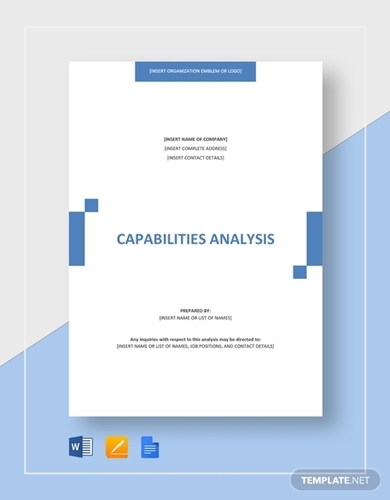
2. Critical Analysis Template
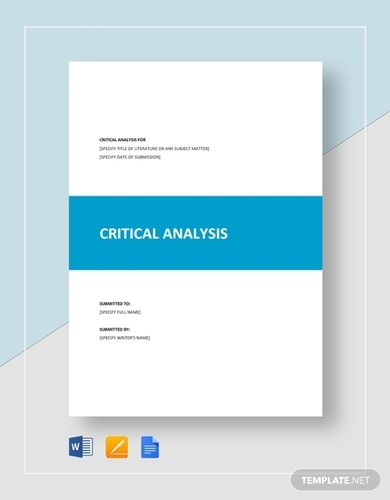
3. FMEA Analysis Template
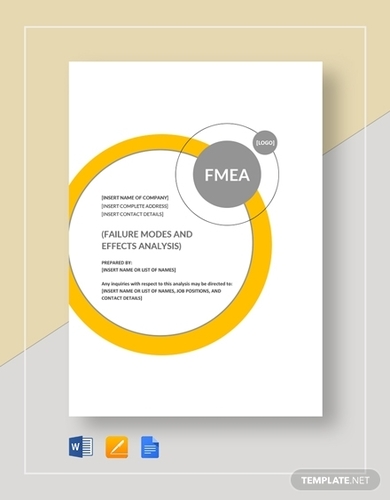
4. Problem Analysis Template
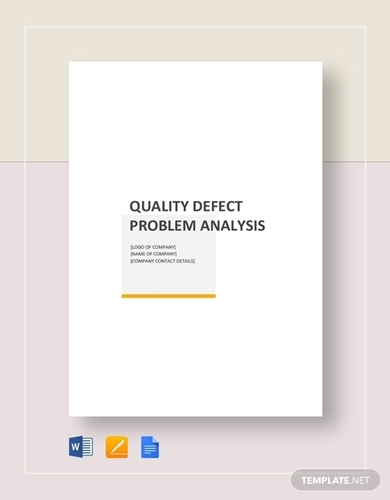
5. Situation Analysis Template
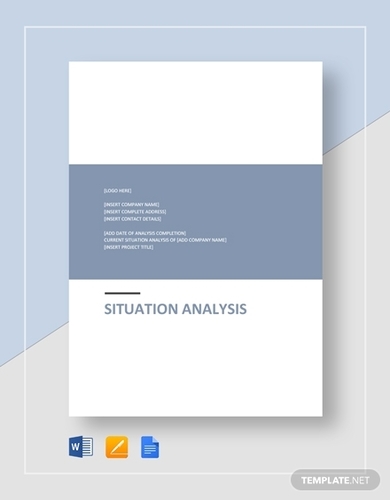
6. Free Case Analysis Template
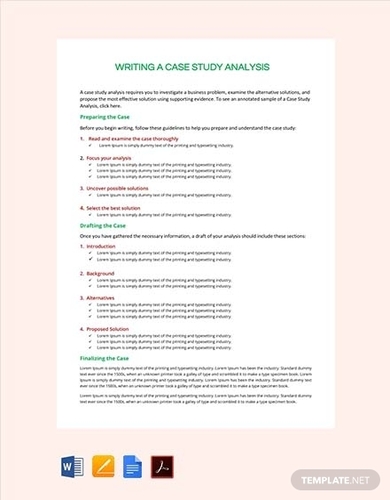
7. Free Impact Analysis Template
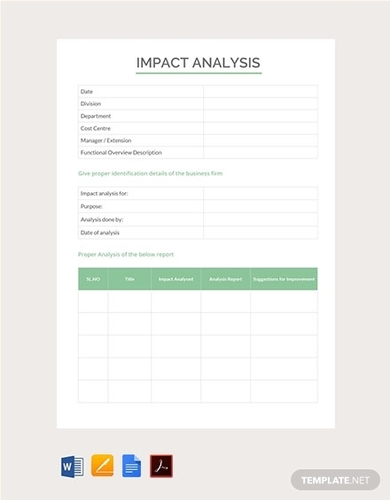
8. Free Risk Analysis Template
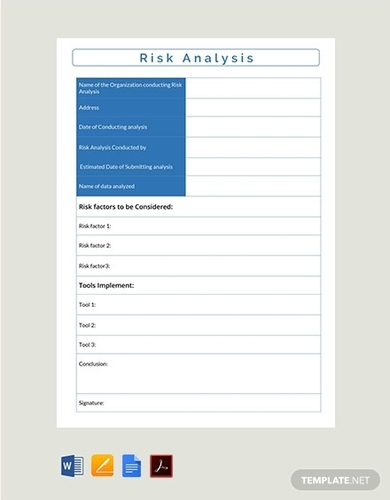
9. Free SWOT Analysis Template
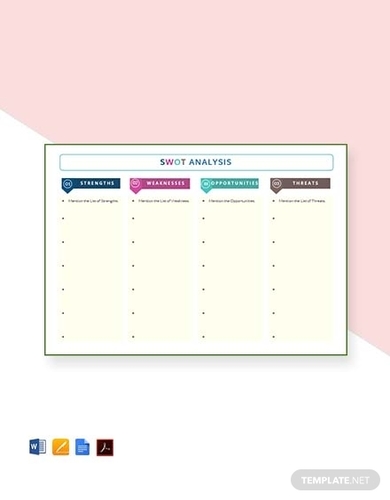
10. Free Task Analysis Template
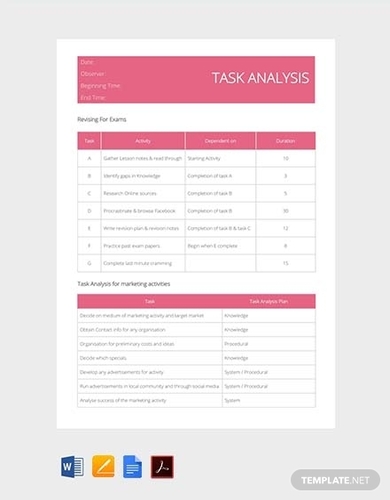
11. Construct Validity Analysis
Terrible Threats and How to Solve Them
Whatever kind of validity it is you are trying to measure, whether it’s face validity or criterion validity’s underlings: predictive validity and concurrent validity, threats are bound to expose themselves. The risks to validity are the inquiries and questions raised by critics against your claims. Not that is unexpected, but information like this does come in handy in preparing any rocks thrown at you. You need to be able to dodge any bullet shot your way. Fireproofing the validity can make our claims and research seem flawless. You need to be aware of the possible threats and how to deal with them.
1. Clash and Unclarity
Misunderstandings can happen to just about anyone. A vaguely written statement can lead to many complications. You need to be able to state the right factors to keep things accurate. When it comes to construct validity, your labels must not be too broad or too specific. Factor 1 might not be the only element with a correlation to factor be. What you need is to think things through, make strategic planning for your construct. Seeking advice from experts is also very much a good idea.
2. Plurality of Phenomena
Don’t you just hate it when someone you don’t like comes to crash your party? They could really mess up the whole vibe. This is just like in construct research. When your subjects partake in other programs, your results are likely to get messed up. The final results of your construct validity can be affected if other tests come into play. The best thing the researcher can do is make a project plan and monitor your subjects.
3. Single Subject Fiasco
Many believe in the concept of “majority wins.” they believe that what makes sense to more than one person makes sense to all. Because of this, many are hesitant to accept the results of construct validity if there is only one dependent variable. They need to see multiple variations of the study to put their minds at ease. The solution is to use different groups so you can conduct comparative research on the varying results
4. Mono-Method Madness
Before you can uncover the truth, you need to hear all sides of the story. You need to examine all areas that could be affected by the problem to get a full-scale case analysis. Applying this to construct analysis, you need to make sure your method is not only one dimensional. This might raise some questions about the accuracy of the validity. You can use surveys, psychometric tests, and other ways to prevent this threat from affecting your validity.
5. The Guest that Guess
There will always be people who change their ways when the end goal changes. They fashion themselves to be the ideal person. If this is the case, your construct validity might end up being invalid. When your subjects figure out the purpose of your test, there’s a possibility of them changing their behavior subconsciously. Once again, the best way to prevent this is by mapping out your research outline thoroughly. With confidentiality and proper planning, you can have effective construct validity.
6. Outlandish Outcomes
People vary in so many ways, from intelligence to athleticism. Though they may be similar in a factor or two, there is and will always be a difference. This is a threat to construct validity because it might end up measuring the wrong thing. The same skill assessment test might not apply to some other demographic. You need to make sure that your test subjects are on the same level when taking the same test.
Your duty in this world is different from someone else’s. You need to find your purpose, own it, and live up to it. You never know, it’ll take to places you never thought of going.



